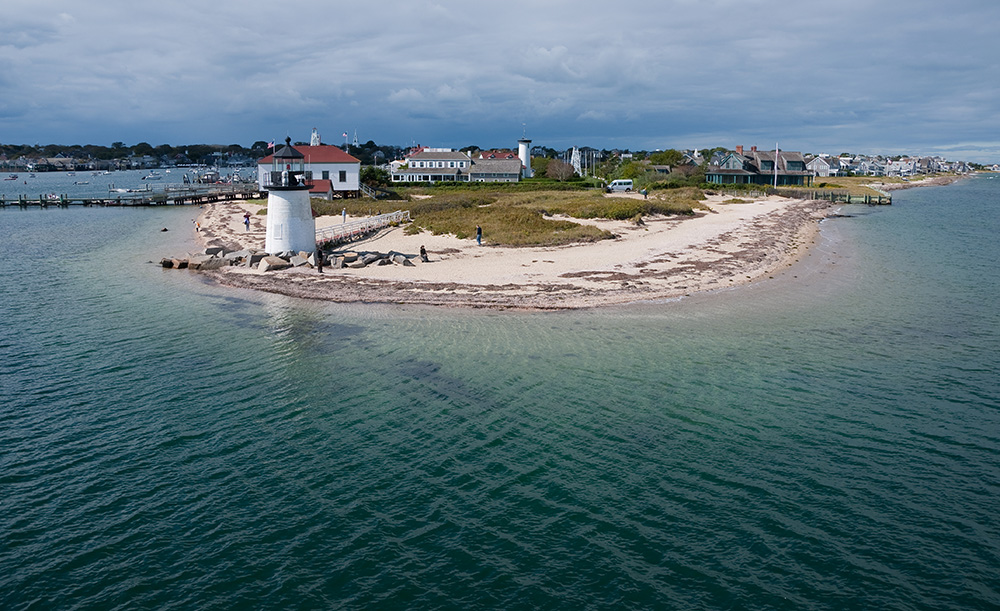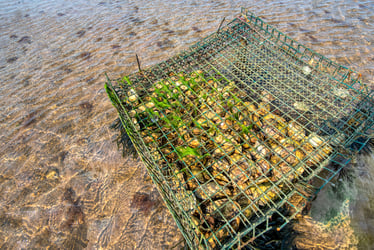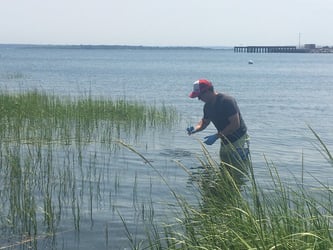Excessive nutrients in Nantucket’s harbors cause several negative impacts on existing habitats. These impacts include eelgrass loss, decreased shellfish populations, and harmful algal blooms (HABs). HABs can result in the closure of recreational waters for activities like swimming and boating. HABs also cause fishery closures and negatively impact plants and organisms living in the harbor.
In a community where resources can be geographically limited and state agencies are subject to time and budget constraints, having the tools to obtain the highest quality information in an easily shared and accessible format is essential. The Great Harbor Yacht Club Foundation (GHYCF) and the Natural Resources Department (NRD) in Nantucket recently purchased a FlowCam instrument to help quickly assess and identify HABs and other issues within the Brant Point Shellfish Hatchery, a resource critical for both groups.
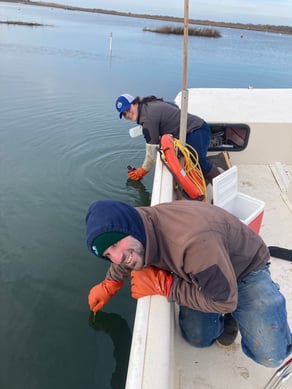 FlowCam will allow the NRD to count larvae and algae quickly and determine larval health while saving hatchery employees hours of work. FlowCam's imaging capabilities will aid in NRD's decision-making regarding the identification of which algae species are preferred during the shellfish life cycle.
FlowCam will allow the NRD to count larvae and algae quickly and determine larval health while saving hatchery employees hours of work. FlowCam's imaging capabilities will aid in NRD's decision-making regarding the identification of which algae species are preferred during the shellfish life cycle.
- Improve the speed of enumeration and categorization of phytoplankton and algae communities of Nantucket
- Identify specific HAB-forming species before blooms occur
- Decrease the time between town-level monitoring surveys and state-level actions
- Enumerate Hatchery algae and larvae
- Monitor shellfish larvae recruitment associated with larval releases
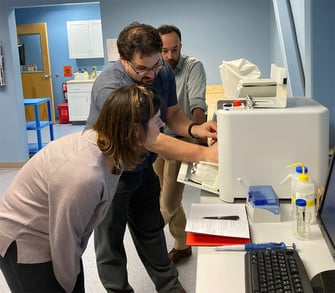 Upon the purchase of their new FlowCam Cyano, the key users at the NRD visited the FlowCam analytical lab at our headquarters in Scarborough, Maine for their instrument training. This hands-on, in-depth approach, led by our FlowCam Customer Support experts, provided the NRD team with a thorough understanding of their new FlowCam instrument and VisualSpreadsheet software program.
Upon the purchase of their new FlowCam Cyano, the key users at the NRD visited the FlowCam analytical lab at our headquarters in Scarborough, Maine for their instrument training. This hands-on, in-depth approach, led by our FlowCam Customer Support experts, provided the NRD team with a thorough understanding of their new FlowCam instrument and VisualSpreadsheet software program.
The team is now working on putting what they learned into practice to accomplish their goals at home in Nantucket. We are confident that their example will serve as a blueprint for other organizations looking for ways to work together to improve water health and safety.
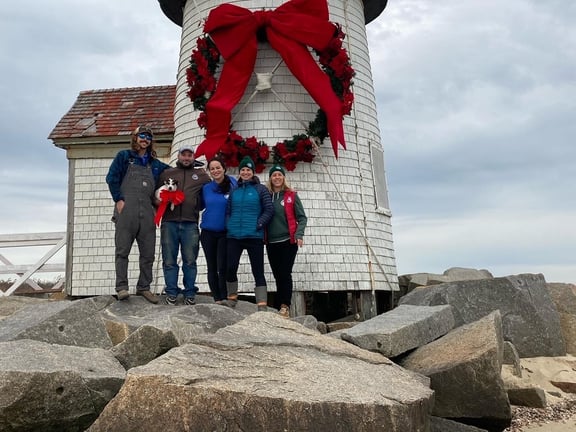 Pictured above: Members of the Town of Nantucket Natural Resources Department visit Brant Point Lighthouse
Pictured above: Members of the Town of Nantucket Natural Resources Department visit Brant Point Lighthouse








